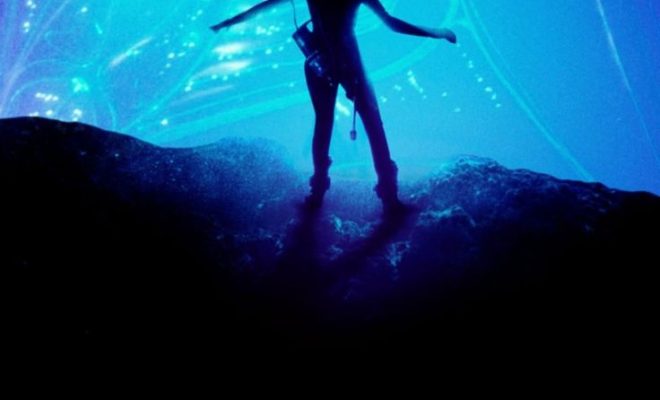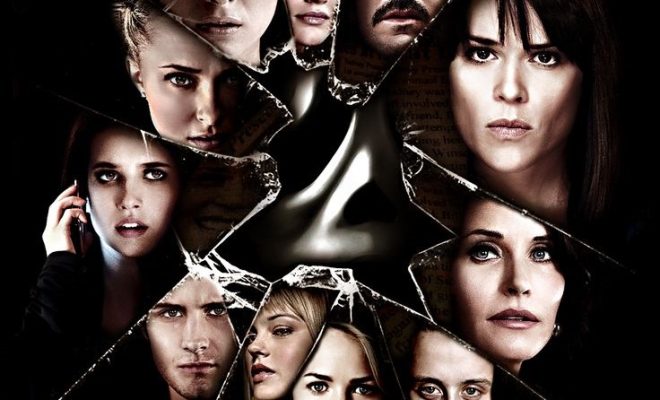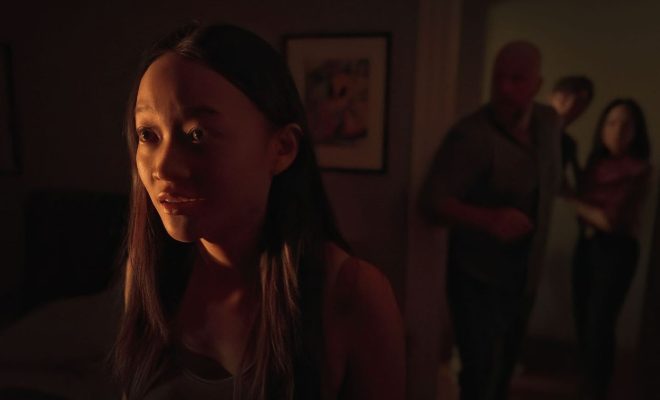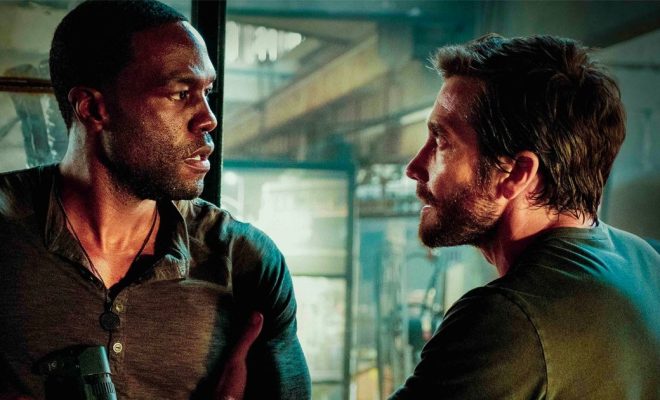The Allure of the Abyss: Rediscovering Film Noir through ‘Deep Water’

Film noir is a genre that has captured the imaginations of moviegoers for decades. With its moody lighting, morally ambiguous characters, and labyrinthine plots, it creates a world that is at once both seductive and dangerous. The recent arrival of “Deep Water” on our screens serves as a powerful reminder of the lasting appeal of film noir, inviting us to plunge into its depths once again.
The quintessential film noir often features a world-weary detective or an everyman entangled in a web of deceit, usually spun by a femme fatale with secrets to hide. In “Deep Water,” inspired elements such as the use of shadow and light play heavily to create the necessary suspense that keeps viewers on edge. Similarly, the plot’s many twists are reminiscent of classic noirs where double-crossing is as common as trench coats and fedoras.
What sets “Deep Water” apart from its predecessors is its ability to blend these time-honored elements with modern sensibilities. The result is a film that feels fresh yet familiar, proving that the essence of film noir can still resonate with contemporary audiences. The central themes of obsession, betrayal, and the downfall of those who dare to dance too close to the edge are timeless narratives that form the backbone of this magnetic genre.
Perhaps one of the most notable bests about film noir and “Deep Water” is their exploration into human psychology. They seek not just to tell a story but also to delve into the murkiest parts of the human psyche. This psychological depth provides audiences with more than just entertainment; it offers a window into the soul’s darker corners, often leaving viewers with lingering questions about morality and choice.
The cinematography in film noir—and brilliantly echoed in “Deep Water”—uses shadows not just for dramatic effect but also as metaphors for the hidden aspects of human nature. Every frame is drenched in ambiguity, forcing us to question what lurks in the gloomy alleyways or behind the characters’ eyes we think we know so well.
Of course, no discussion about film noir would be complete without mentioning its undeniable stylistic influence. The tight suits, glamorous dresses, smoky rooms, and hats tilted just so—invariably backlit by neon signs—are more than mere fashion choices; they help set up an atmosphere thick with tension and unsaid promises.
In summary, “Deep Water” reminds us why film noir remains unmatched in its ability to tell darkly alluring tales steeped in mystery and moral complexities. Its best offering—like those films before it—is not just escapism but a mirror reflecting our own potential for darkness through stories that are equally thrilling and thought-provoking. As we revel in these tales from the shadows, perhaps we might also appreciate their ability to shine light on parts of ourselves we scarcely dare examine.






